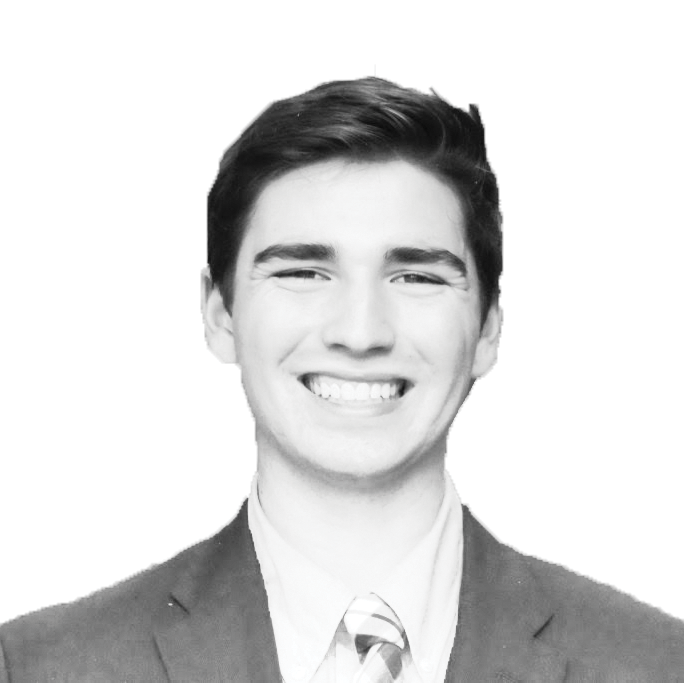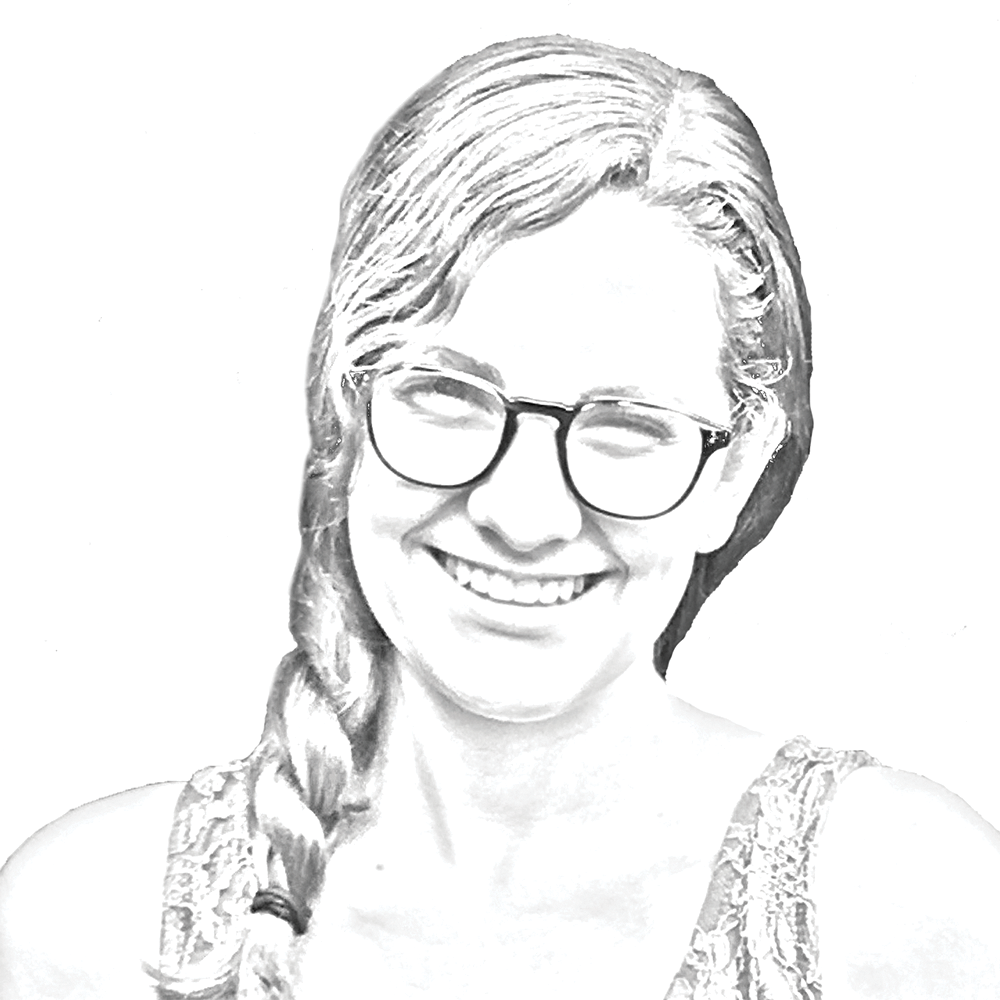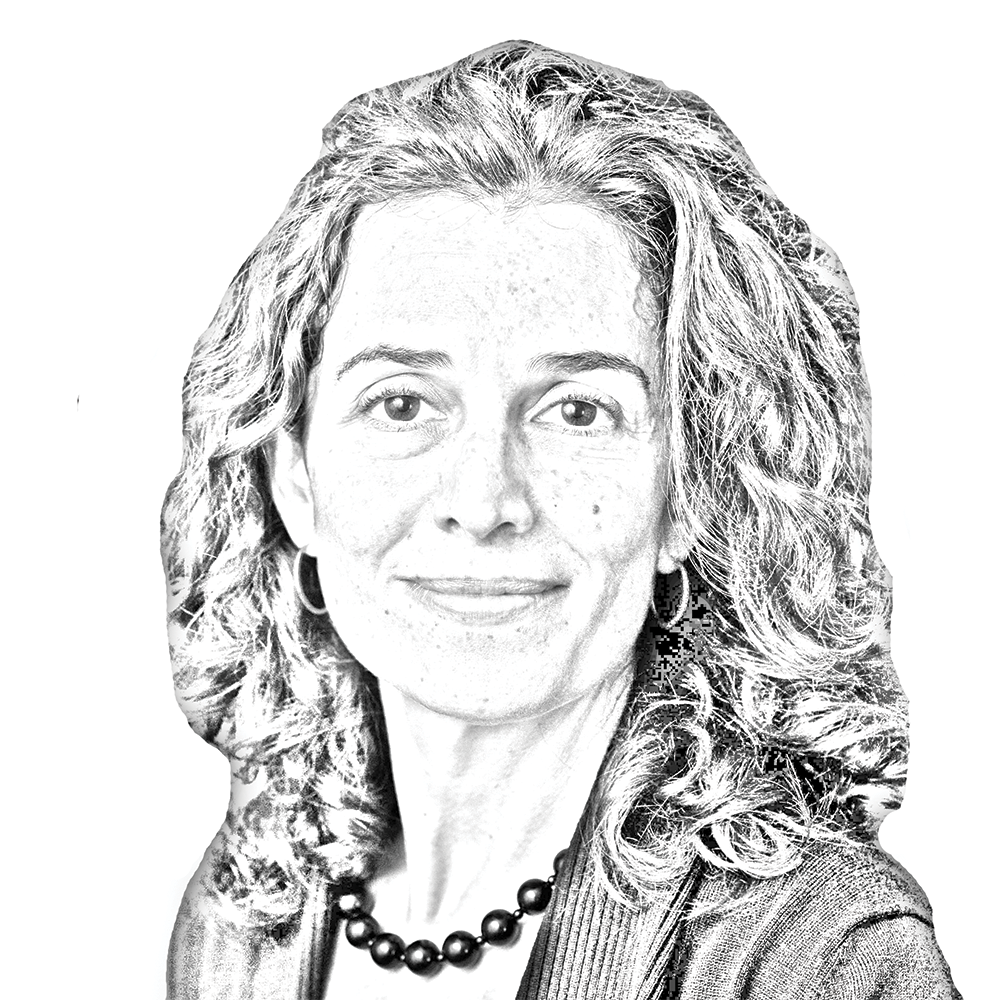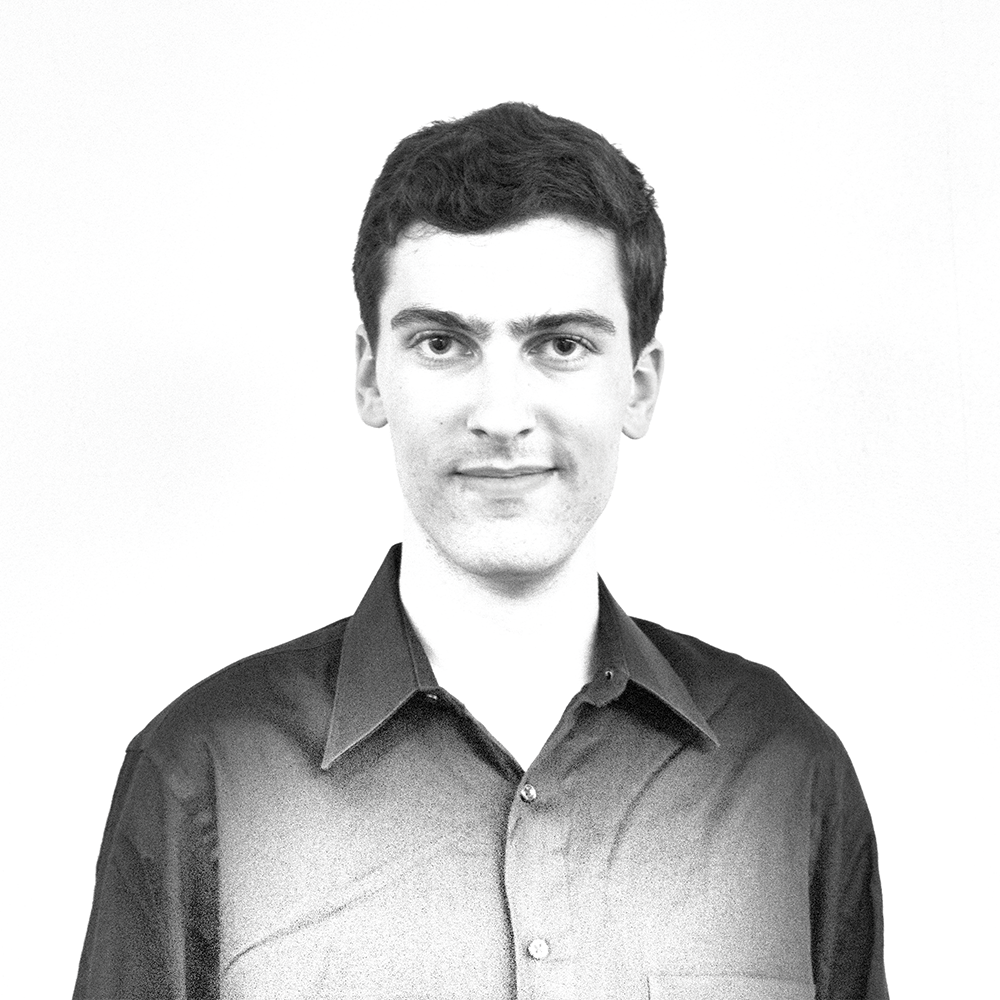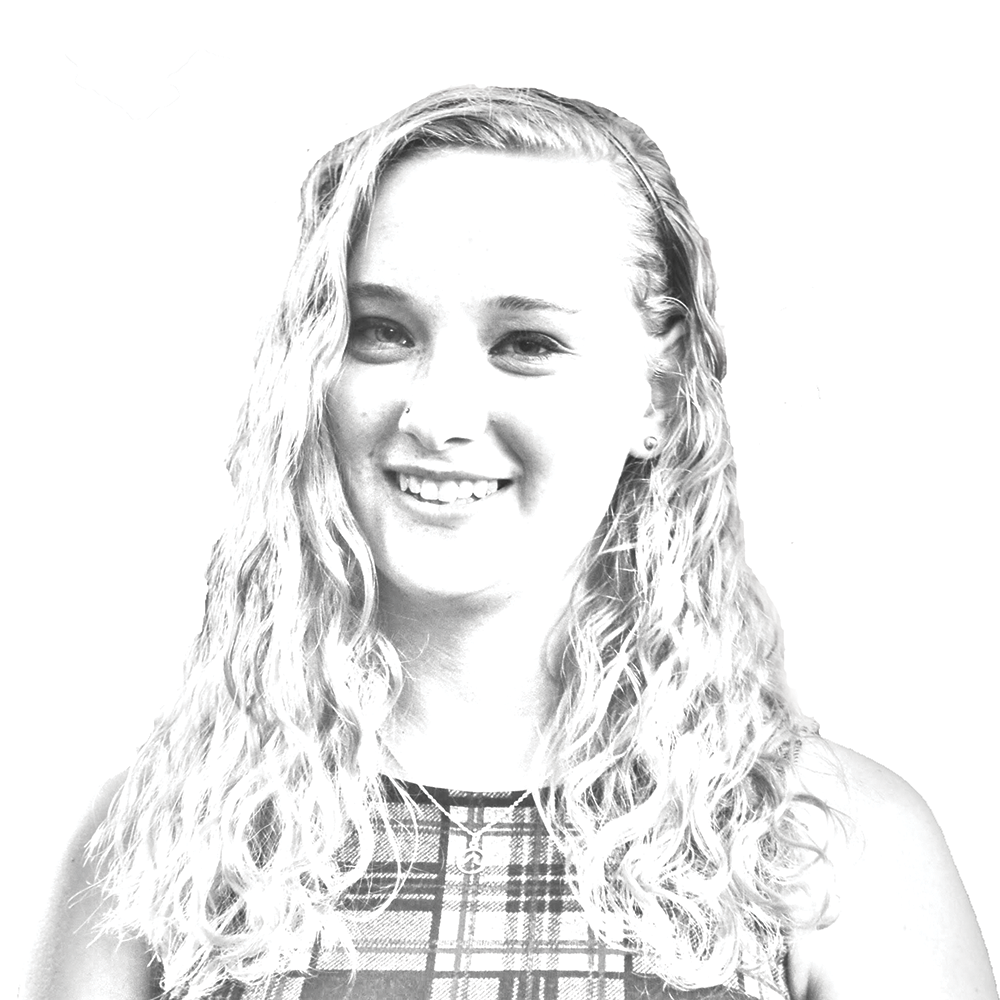Over the course of the past week, H*yas for Choice has shared stories on Facebook of Georgetown women’s experiences with the Student Health Center, based on an anonymous online survey.
Among the responses, students claimed they had their exams delayed for over a month or were denied an exam due to a lack of symptoms.
These claims affirm a pattern identified by Trojan’s annual Sexual Health Report Card, which last year placed Georgetown’s sexual health services 126th out of 140 in 2016 based on its sexual health outreach and sexually transmitted infections testing, among other factors.
This aspect is particularly disconcerting, given the fact that STIs are featured among the common health issues advertised on the website as reasons to book an appointment at the center, along with respiratory infections, headaches and sports-related injuries. But the responses to the H*yas for Choice survey suggest larger inadequacies in the accessibility of the SHC that restrict students from receiving immediate medical attention because of its inconvenient hours and the shortage of its staff.
Currently, a staff of 28 employees at the SHC services more than 16,000 patients per year, and oversees conditions ranging from headaches to urinary tract infections. Blair Heinke, the director of sports medicine at the Student Health Center, acknowledged in email to The Hoya that the availability of doctors was a key complaint of students seeking medical help: “You wake up with a sore throat and a fever, so you need to be seen today. It is very difficult to predict how many of these urgent appointments we will need and sometimes … the wait becomes long.”
The irregular hours — alternately opening at 7:30 a.m. and 9:30 a.m. and closing at either 4:30 p.m. or 5:30 p.m. — also make the SHC inaccessible to students who have their weekdays scheduled with classes and extracurricular activities, or who live off campus; the center has different hours for each weekday and is only open for three hours on Saturday from 9 a.m. to 12 p.m. before closing for the rest of the weekend.
For the lab, the hours are even more restricted, occurring in sporadic one- or two-hour blocks during the weekday. Though the SHC is available on-call at all hours for urgent medical questions, services and treatments are typically relegated to appointments made up to a week in advance. For students seeking relief from medical conditions — especially those as painful as STIs — this constraint delays students seeking medical attention, potentially aggravating the problem.
The SHC has made some progress toward addressing its issue of availability by identifying four specific areas for improvement: more appointment availability, more services, more space and more technology. Now, the SHC has plans to implement Mirenas, a type of intrauterine device for patients suffering from painful menstruations.
However, without addressing the larger issue of staffing, the SHC will remain dogged by issues of immediate accessibility for students. The facility faces financial and physical constraints due to its size, thus expanding the size of its staff will allow the facility to service more students and potentially expand its hours of availability to treat students, particularly those afflicted by the treatable, non-emergency conditions such as STIs.



